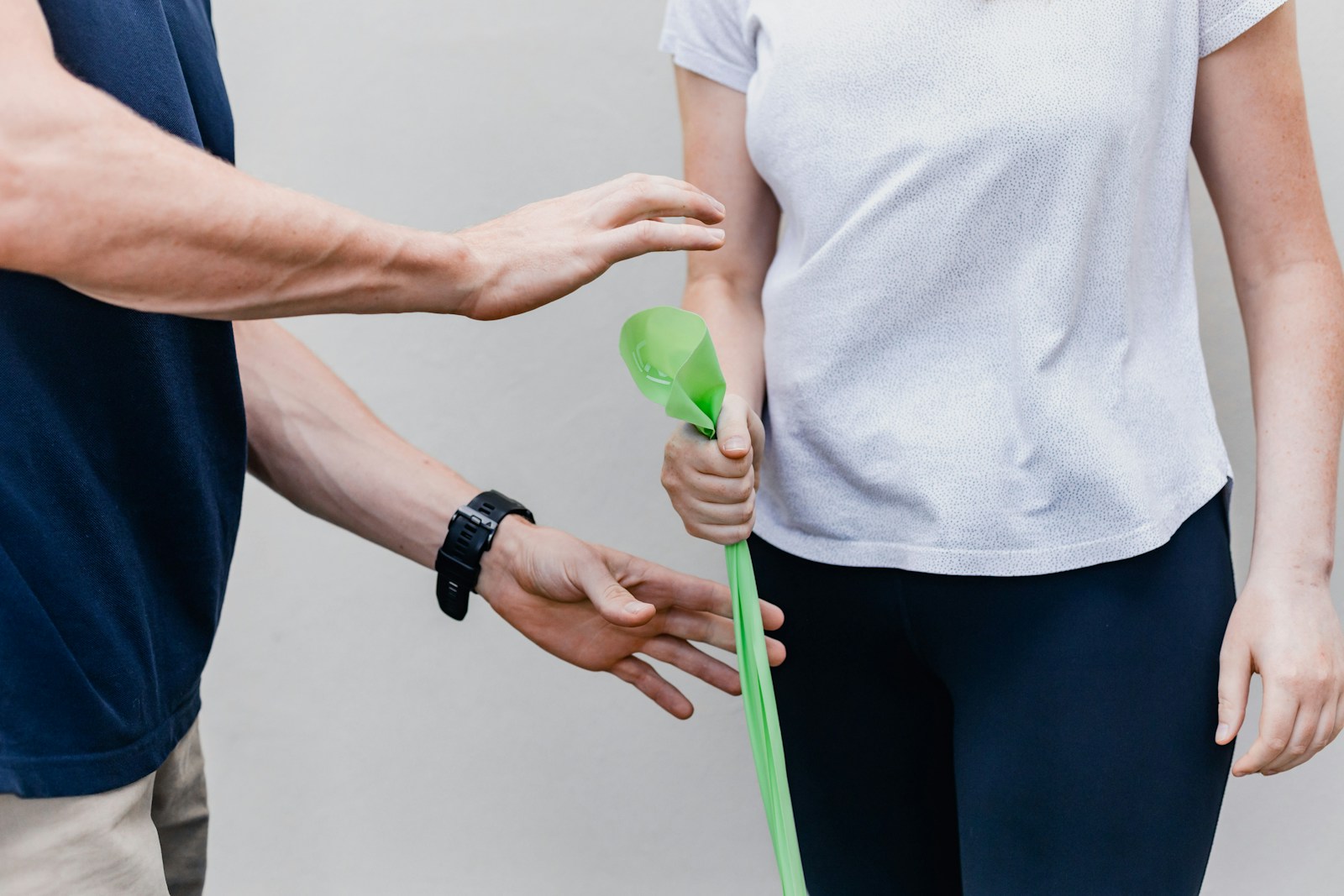SOAP Note Samples – Efficient Documentation for Physiotherapy
Introduction
Accurate and structured documentation is essential for physiotherapists to track patient progress, ensure continuity of care, and meet legal and insurance requirements. The SOAP note format—Subjective, Objective, Assessment, and Plan—is widely used in physiotherapy for documenting patient encounters.
However, writing SOAP notes manually is time-consuming, often leading to incomplete records or therapist burnout. AI-powered tools like AllyScribe can help by automating SOAP note creation, allowing physiotherapists to focus on what truly matters—patient care.
This guide provides two detailed SOAP templates – one for an initial consultation and one for a follow-up session, along with real-world examples to demonstrate their use.
SOAP Note Samples for an Initial Physiotherapy Consultation
An initial consultation is the first detailed interaction with a patient. This SOAP note should be comprehensive, covering patient history, assessment findings, and an initial treatment plan.
SOAP Note Template – Initial Consultation
S – Subjective:
- Chief complaint: What brought the patient in?
- History of present condition: When did the issue start? What makes it better or worse?
- Medical history: Past injuries, surgeries, medications, or underlying conditions.
- Lifestyle factors: Work, hobbies, activity level, and daily habits related to movement.
O – Objective:
- Observations: Posture, gait, and movement patterns.
- Range of motion (ROM): Measure limitations in affected areas.
- Strength testing: Use Manual Muscle Testing (MMT) to assess muscle function.
- Special tests: Perform clinical tests to rule in or out potential conditions.
A – Assessment:
- Diagnosis or clinical impression based on findings.
- Summary of impairments and functional limitations affecting daily activities.
P – Plan:
- Short-term and long-term treatment goals.
- Planned interventions: Manual therapy, exercise prescription, patient education.
- Home exercise program (HEP) recommendations.
- Follow-up plan: Next session date and progress expectations.
SOAP Note Example – Initial Consultation (Lower Back Pain Case)
S:
Patient reports a dull, aching pain in the lower back for the past 3 weeks, worsening after prolonged sitting. No pain radiating down the legs. The pain improves with movement but worsens after long hours at a desk job. No previous history of back injury.
O:
- Postural assessment: Mild anterior pelvic tilt observed.
- Lumbar ROM: Restricted flexion (40°) with mild discomfort.
- MMT: Core stability assessed as 3/5 on abdominal endurance testing.
- Special tests: Negative straight leg raise test (ruling out nerve root involvement).
A:
Findings suggest postural-related lumbar strain with core weakness. No signs of nerve compression or disc herniation.
P:
- Manual therapy to release lumbar tension.
- Core strengthening exercises (planks, dead bugs) to improve stability.
- Postural education for workplace ergonomics.
- Follow-up in 1 week to reassess progress.
✅ How AllyScribe Helps: Instead of spending 15+ minutes writing this note manually, AllyScribe listens to your consultations then automatically generate structured SOAP notes, ensuring accuracy without the extra workload.
SOAP Note Samples for a Follow-Up Physiotherapy Session
Follow-up SOAP notes should be concise yet detailed, focusing on progress made, modifications in treatment, and updated plans.
SOAP Note Template – Follow-Up Session
S – Subjective:
- Changes in symptoms since the last visit.
- Patient feedback on exercises and treatments.
- Any new complaints or concerns.
O – Objective:
- Reassessment of key impairments (ROM, strength, function).
- Response to previous treatment interventions.
- Progress toward initial goals.
A – Assessment:
- Compare current findings to initial assessment.
- Identify areas of improvement or persisting limitations.
P – Plan:
- Modify treatment based on progress.
- Adjust exercise difficulty or intensity.
- Plan for discharge or continued care.
SOAP Note Example – Follow-Up Session (Post ACL Surgery)
S:
Patient reports improved knee stability but still experiences stiffness in the morning. No pain during basic walking, but discomfort with deep squats. Adhered to the home exercise program (HEP) but found single-leg exercises challenging.
O:
- Knee ROM: Improved to 110° flexion (-2° extension lag).
- Strength: Quadriceps now 4/5 (MMT), indicating progress.
- Functional test: Able to climb stairs with mild discomfort but avoids running.
A:
- Significant improvement in range of motion and strength, but further work needed on neuromuscular control for higher-impact activities.
P:
- Progress closed-chain exercises (lunges, single-leg balance drills).
- Introduce proprioceptive training for better knee control.
- Increase focus on eccentric strengthening for quadriceps.
- Next session in one week to introduce light impact drills.
✅ How AllyScribe Helps: By using AI-powered SOAP note generation, physiotherapists can quickly document progress, auto-fill routine follow-up details, and modify notes based on voice input, reducing admin time significantly.
How AI Scribes Benefits Physiotherapists
Using AI-powered documentation tools like AllyScribe brings numerous benefits to physiotherapists:
- Faster Documentation – Reduce note-taking time by up to 70%, allowing more patient interaction.
- More Accurate Notes – Avoid errors by using structured AI-generated SOAP templates.
- Minimal Effort – Speak naturally, and AI will convert it into a complete SOAP note.
- Customiz(s)ation & Learning – AI adapts to your common phrases and treatment approaches over time.
- Seamless EHR Integration – Syncs with electronic health records (EHR) to keep patient files updated automatically.
Ready to embrace AI Scribing and say goodbye to paperwork? Sign up for a free trial with AllyScribe and experience the future, now!

